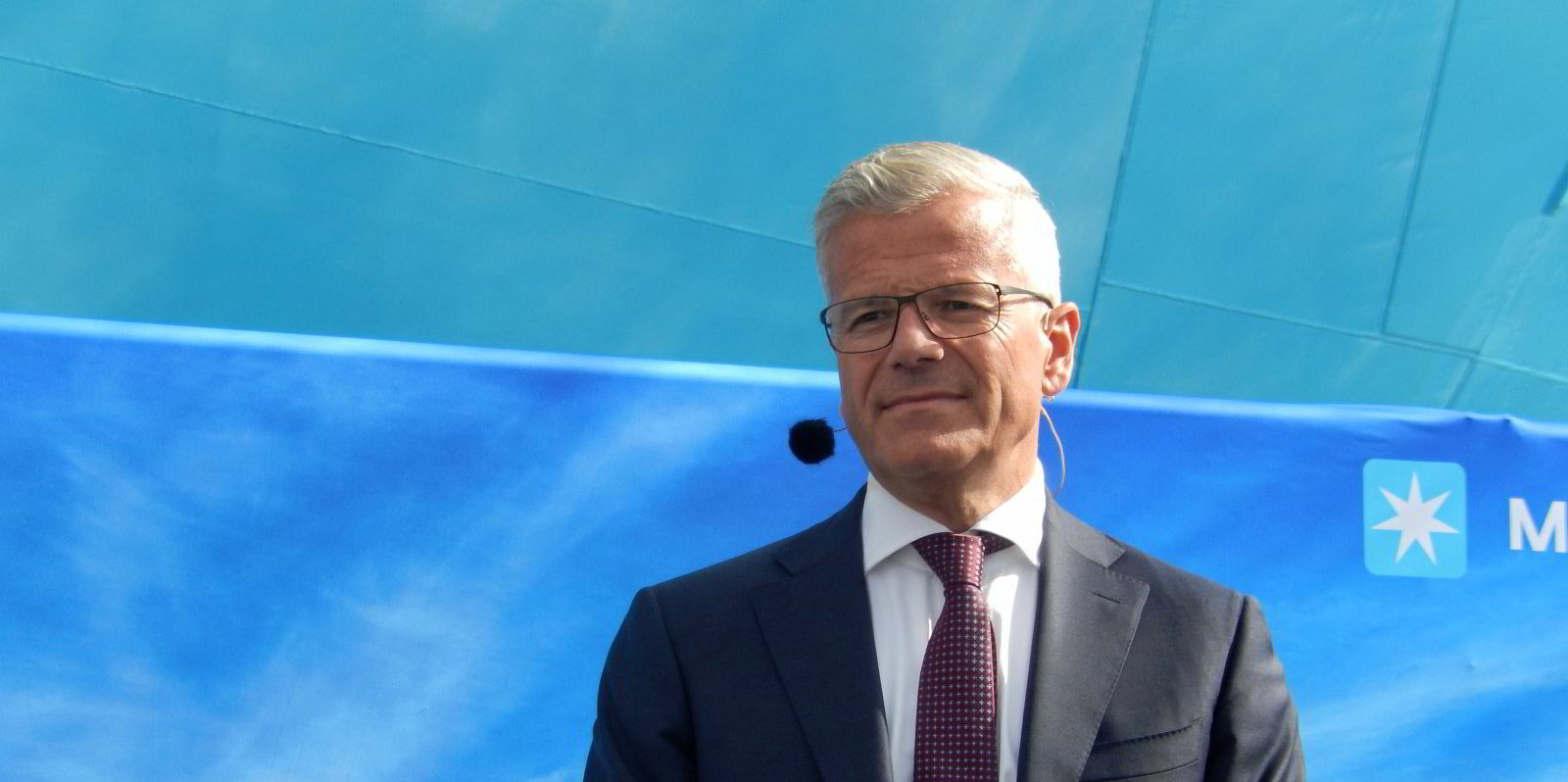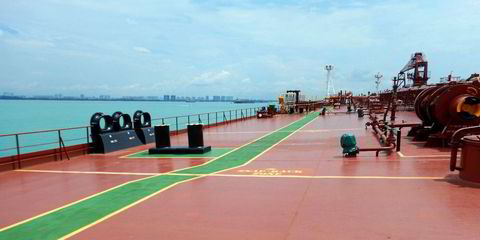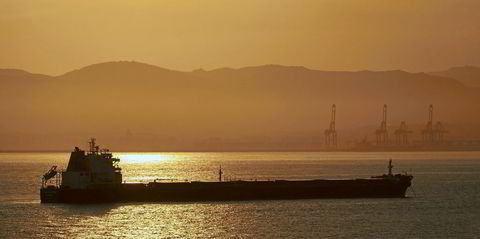Norwegian shipping investor Joakim Hannisdahl believes LPG market fundamentals suggest a potential plunge in VLGC spot rates.
The principal of Gersemi Asset Management said the theoretical VLGC spot rate has dropped 18% from Wednesday and 46% week on week, based on the narrowing propane price differential between the US and Asia.
He attributed this to lower Asian prices and higher prices in the US.
Hannisdahl calculated the market is now supportive of time charter equivalent rates of just $57,000 per day for ships routing via the Cape of Good Hope and $82,000 per day via the Panama Canal.
This compares with the Baltic Exchange’s spot assessment of $97,000 per day from the Middle East to Japan, down 16% in a day.
Analysts have also blamed the weakening price arbitrage between the two regions.
Fearnley Securities’ Oystein Vaagen and Fredrik Dybwad noted that Chinese demand was still weak, while US propane prices were high.
They also said the number of vessels going through the Panama Canal had been increasing, which is reducing tonne-miles and not helping rates.
VLGCs had previously been avoiding the congested waterway, but more daily transits are now being allowed after the Panama drought eased.
Norwegian broker Fearnleys said nearly every ship arriving in the US in the first 20 days of February is ballasting in from the Cape of Good Hope to avoid the dangerous Red Sea region.
Hannisdahl’s Gersemi Shipping Fund posted more positive returns in December, the sixth month out of six months since its inception in July.
The fund rose 1.9%.
High volatility
December was characterised by high volatility in shipping due to escalating tensions in the Middle East and especially the Houthi attacks in the Red Sea, Hannisdahl said.
The fund made some gains when the situation erupted initially. Its holdings have since been rebalanced to optimise the risk/rewards given the highly uncertain situation, he explained.
“We are currently long oil tankers and short dry bulk and VLGCs, which reflects both the impact of Red Sea disruptions for each shipping segment, but also seasonal factors and our underlying fundamental views for the medium and long term,” he said.





